Explainer: Vatican rituals central to Pope Francis’s funeral
From the Swiss Guards’ ancient robes to funeral rites that date back 2000 years, the pontiff’s funeral will still not be without his signature break with tradition.
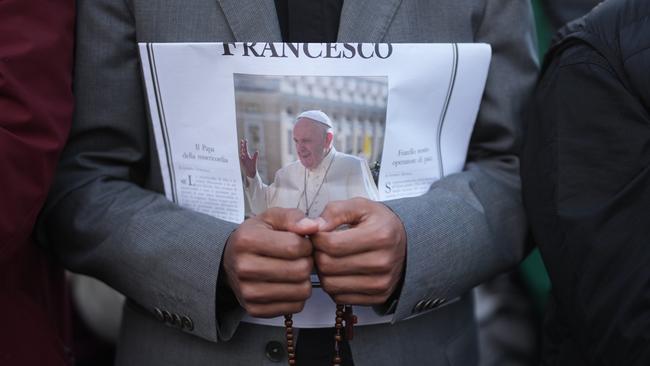
Why do Swiss Guards guard the Pope?
Swiss guards have been entrusted with the protection of the papal seat since 1506 when they were hired for the personal protection of Pope Julius II.
The guards are responsible not only for the protection of the Pope, but of the College of Cardinals when the papal seat is vacant. The city itself is protected by Vatican City police.
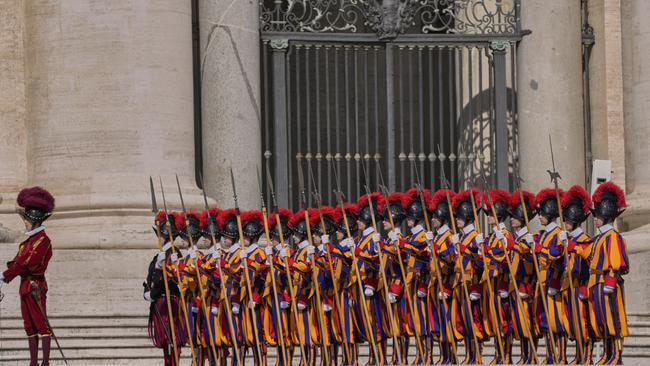
Why do they wear a Renaissance-era uniform?
In 1527 during the Sack of Rome, 147 of the 189 members of the Swiss Guard died protecting Pope Clement VII, born Giulio di Giuliano de’ Medici.
Since then, the Swiss Guard have oscillated between ceremonial roles and having a more active involvement in papal defence.
Despite 420 years passing since the last Medici pope, Leo XI, the Swiss Guard still wears the colours of the Medici family – an attention-grabbing blue, yellow and red.
The Renaissance-era uniforms of the Swiss Guard have most likely remained due to the Catholic Church’s strong traditions and resistance to change, with their continuity of uniform keeping the Swiss Guard of today linked closely to their historic counterparts.
How will the funeral unfold?
Many of the traditions that will dictate Pope Francis’s funeral date back more than 2,000 years. They are compiled in a tome more than 400-pages long called the “Ordo exsequiarum Romani pontificis” - or “Funeral Rites of the Roman Pontiff” - which includes the liturgy, music and prayers used for papal funerals over the centuries.
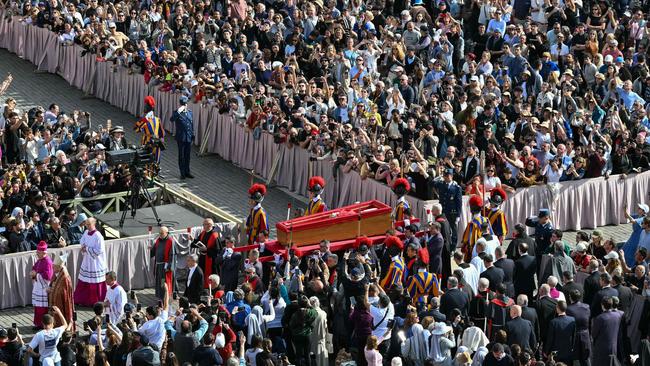
The funeral plans are dictated by the Funeral Rites of the Roman Pontiff and a 20-page document called the Universi Dominici Gregis (The Shepherd of the Lord’s Whole Flock) - which was issued by Pope John Paul II in 1996.
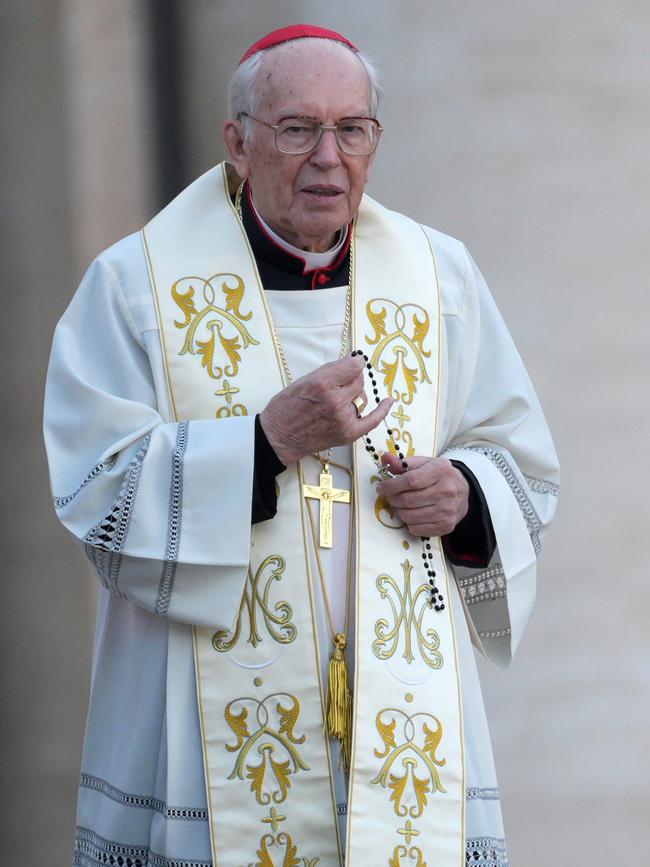
The service usually lasts about two-and-a-half hours and is mostly conducted in Latin.
It is being led by the dean of the College of Cardinals, Cardinal Giovanni Battista Re, who will begin with a procession led by a priest carrying a cross, followed by the coffin and ordained clergy.
How does Francis’s wooden coffin compare with those of previous popes?
Francis’s simple wooden casket is a strong break in tradition with previous popes.
Traditionally, pontiffs have been buried in three layers of nested coffins. An inner coffin of Cyprus symbolised humility, a middle layer of lead as a memento mori and an outer coffin of elm or oak to represent strength and dignity.
Francis was known for his humility, washing the feet of prisoners and refugees, kneeling for confession and choosing to reside in a smaller guesthouse instead of the Apolistic Palace.
The change in burial rites to a single wooden casket aligns more closely with this legacy of humility in the Jesuit tradition.
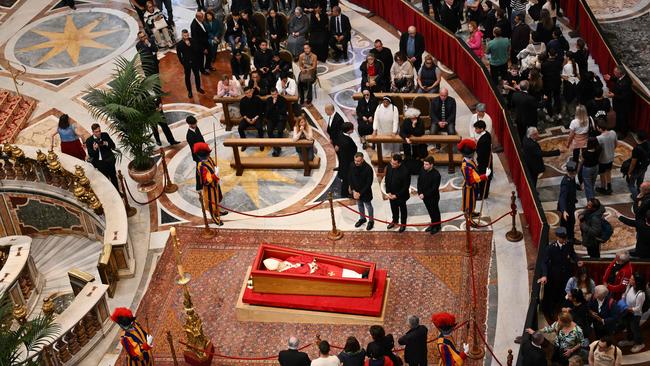
Who were the papal sediari?
The sediari pontifici were originally the pope’s escort, carrying his throne in a sumptuous display during celebrations.
They have not been publicly used by the papacy since the brief pontificate of John Paul I in 1978. Pope John Paul II ceased use of the papal throne and sediari, instead appearing publicly on the ‘popemobile’.
Sediari traditionally were also the pontiff’s pallbearers, with the coffin of John Paul II, Benedict XVI and now Francis instead being carried by papal ushers.






To join the conversation, please log in. Don't have an account? Register
Join the conversation, you are commenting as Logout